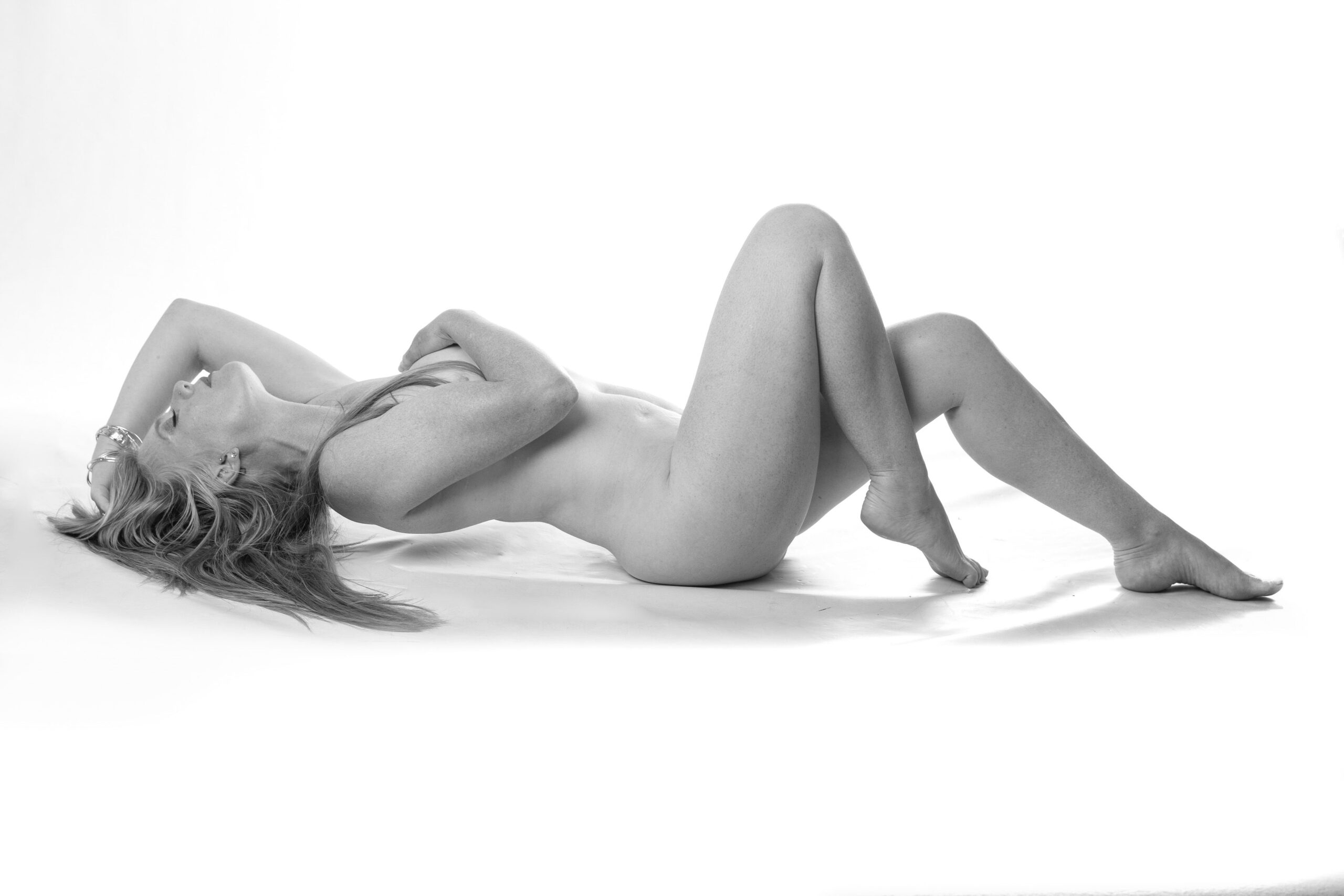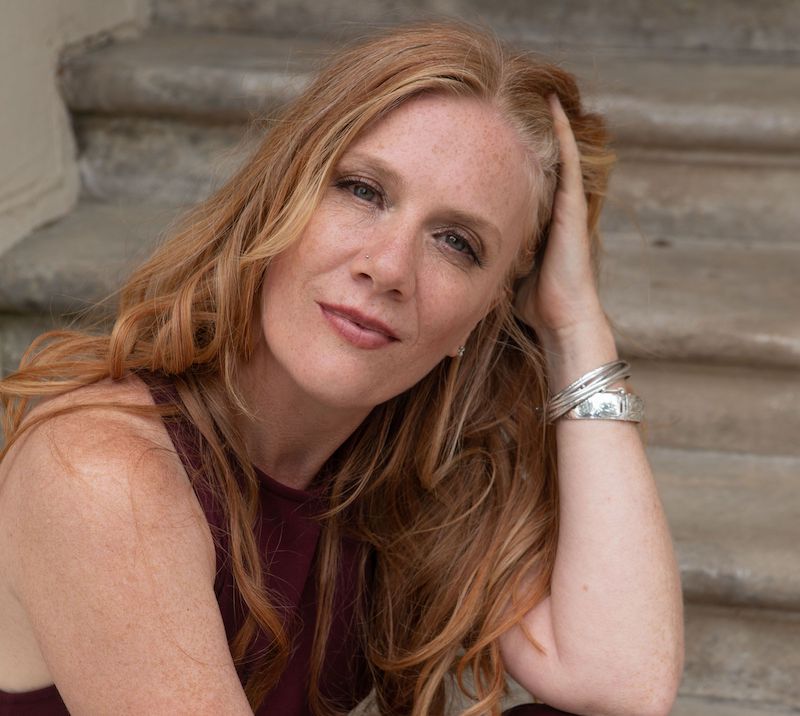Releasing trauma from your body is an essential and powerful aspect of recovering from trauma.
There comes a time when the relaying of our past experience comes to what feels like a full stop.
We have talked ourselves empty and can often find our mind may begin to search for something to speak of to fill a gap or to keep the narrative alive so as not to lose itself.
We begin to be able to put past traumatic events into a different perspective. We feel so much better for breaking the silence, speaking out and being heard without judgement.
And yet emotions will still arise and consume us, and patterns will still show up and repeat.
Why?
When we are in the midst of experiencing a traumatic event, we are not consumed in thought, we are overwhelmed with feeling. It is the feelings of the event, that lingers in our bodies and alters how we breath, move and feel safe in our own skin.
This is particularly strong in our body, if we experienced trauma as a child. A child does not have the language to express or the capacity to process with thought, as an adult does. A child will feel and absorb it all and integrate that event as information that wrongly informs the child of itself and life.
Trauma in my experience is a somatic event.
It is our body that needs to be met, held and heard.
Without attending to the trauma held in our cellular memory, the tissues and the language of our body , our unresolved and suppressed feelings of the event may:
- Keep us stuck in time. Meaning that we are still experiencing those feelings as if they are happening in the present moment.
- Keep our nervous system in fight or flight or hypervigilant. And in extreme traumatic cases suspended us in disassociation.
- Influence the choices we make in the present, by what we feel drawn to play out and repeat and the pain of the experience that we unconsciously feed, influencing our relationship with our body and others.
- Impacts how we feel about self, body, others and the safety of our environment.
Releasing trauma from our body asks for us to slow down and embrace compassion.
We are not hurrying to fix.
We are wanting to meet, hold and listen to our body as though we are approaching a fearful child.
Healthy steps to release body trauma:
❤️ How does your day begin?
If you are deep in sleep and abruptly woken by an alarm that puts you straight into rushing around, scrolling through your phone, having a functional quick shower, grabbing a bite to eat. And all with a sense of urgency. This is how your body starts the day. It keeps it is an anxious state.
How we begin our day, sets the tone of the day.
Explore how you can slow your morning routine down.
Do you notice the sense of urgency in your body and when you do, can you take a breath and consciously slow down?
Before you even get up in the morning, can you take just three minutes of long, slow deep breath, noticing your breath, as your belly rises and falls.
Can you slow down in the shower, notice the heat of water, scent of the soap?
Can you slow down as you eat?
Slowing down is a feeling not necessarily a usage of time.
❤️ I believe busyness is a trauma response.
It holds us away from meeting our internal world. As we immerse ourselves into external busyness, we bypass through constant activity.
Notice if there are things in your day that you are doing out of an impulse to be busy, to be doing something, needing a distraction.
Can you slow down, breathe into your body, notice the solidness of the ground, the sounds in your environment.
Can you bring yourself into the experience of touch, whether that be an object, a part of your body or the ground?
Maybe take out a pen and spill out onto paper, uncensored. Allowing your body to speak.
❤️ Like riding a bike, the more we bring new into our daily life, the more it becomes second nature.
We want to be relationship with our in body. Not simply using it to lug around our head.
If you notice yourself stuck in your head, in the narrative of the past, or anxiousness of the future. Place a hand on your body somewhere like your heart space in the centre of your chest or your belly. Now ask yourself what am I feeling?
This pauses thought and brings us back into our body. We start to be able to be present to our feelings and gently attend to them..
❤️ When we are in living with the effects of trauma. Our body is in contraction and tension.
Exploring how you may move, and release tension, is a way of moving the contained energy of trauma. I do not mean movement as in going to the gym, but more freely moving to give your body a mode of expression.





